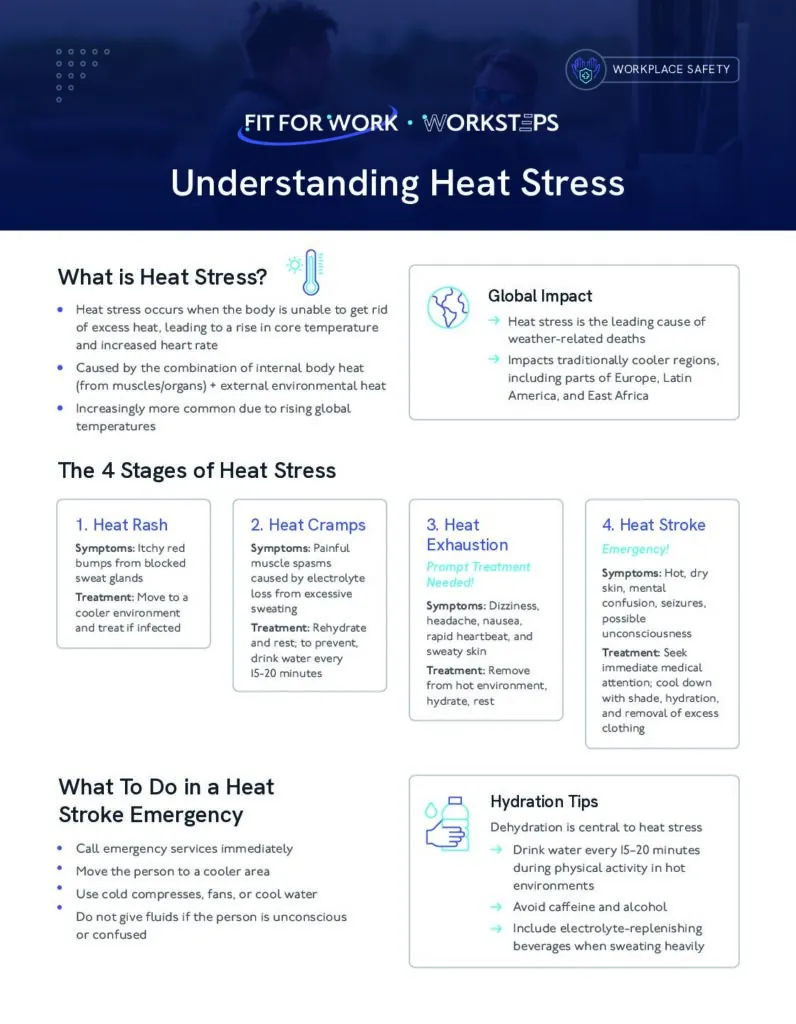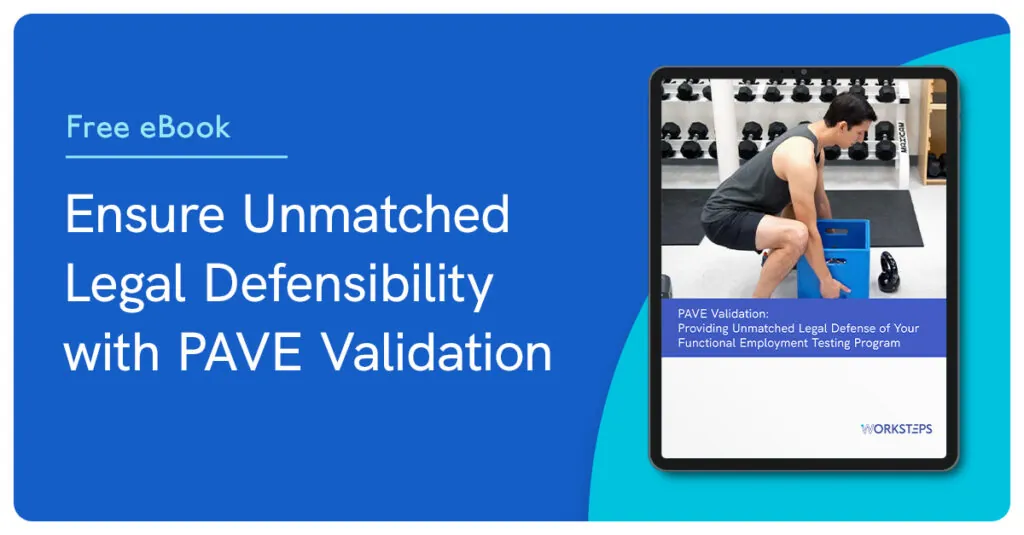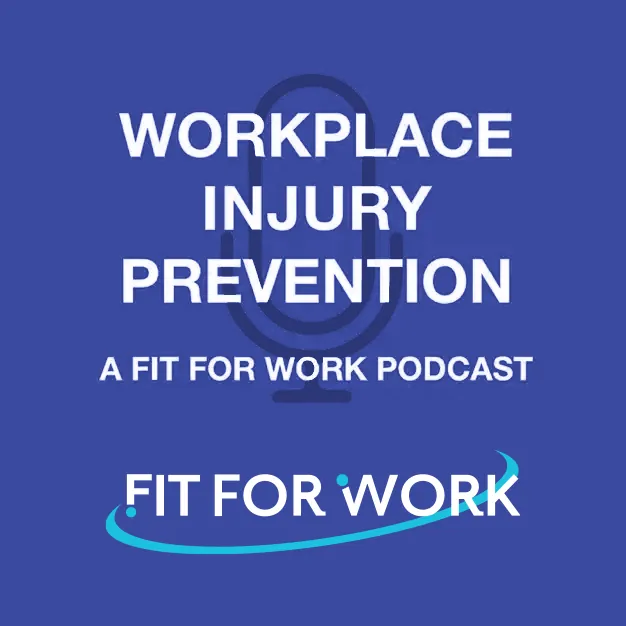By Forrest Richardson, CSP, ARME
Director of Safety, Fit For Work
As we move into the latter half of 2025, the Occupational Safety and Health Administration (OSHA) has made several significant moves that could impact workplace safety policies, especially for small businesses and construction teams. Here’s a quick rundown of the most important updates—with links to dive deeper.
MSD Column Rule Terminated (Again)
After nearly 30 years of back-and-forth, OSHA has officially terminated its rulemaking to add a musculoskeletal disorder (MSD) column to the 300 Log, effective July 1, 2025. This decision marks another chapter in a long history of regulatory tug-of-war. While the rule is off the table for now, future administrations or Congress could revive it.
Penalty Relief for Small Businesses
In a move to support small employers, OSHA has updated its penalty and debt collection guidelines. Key changes include:
- 70% penalty reduction now applies to businesses with up to 25 employees
- 15% reduction for employers who immediately correct hazards
- 20% reduction for employers with clean inspection histories
These updates aim to balance accountability with support for small businesses working in good faith to maintain safe workplaces.
Learn more: https://www.osha.gov/news/newsreleases/osha-national-news-release/20250714
One Final Rule + 25 Proposed Rules
On July 1, OSHA published a wave of proposed changes and one final rule. Here are the highlights:
Final Rule: Construction Standards Streamlined
OSHA removed the requirement to consult the Advisory Committee on Construction Safety and Health before changing construction-related standards—speeding up regulatory action.
Proposed Rule Highlights:
- General Duty Clause Clarification – Limits OSHA’s authority over risks inherent to certain professions
- COVID-19 Recordkeeping – Proposed removal for healthcare employers
- Respiratory Protection – Eases medical evaluation requirements for certain respirators
- Construction Lighting – May eliminate mandatory lighting standards
- Chemical Respirator Alignment – Streamlines training and usage rules across substances
Learn more: https://www.haynesboone.com/news/alerts/osha-issues-wave-of-rules-one-final-and-25-proposed
What You Can Do
To stay ahead of OSHA’s evolving regulations, it’s important to first review the proposed rules and identify which ones may impact your team or clients. Then, take advantage of the opportunity to submit feedback to OSHA before the public comment period closes on September 2, 2025. Finally, prepare to adjust internal policies and training procedures once final rules are published, ensuring your organization remains compliant and proactive.
Need help interpreting these changes? Fit For Work is committed to supporting organizations in achieving and maintaining compliance with OSHA standards. Together, we can prioritize the safety and well-being of your workforce while fostering a culture of proactive risk management and compliance excellence. Contact us to learn more.

Forrest Richardson has served as the Safety Division Director for Fit For Work for 21 years. He has over 30 years of experience in environmental health & safety (EHS) compliance management and leads national, regional, and local EHS Compliance services for Fit For Work. Forrest holds the Certified Safety Professional (CSP), Associate Risk Management Enterprise (ARME), and Certified Safety Manager (CSM) certifications. He also facilitates the Fit For Work Safety Specialist professional development track, supporting EHS podcasts, white papers, blogs, and safety newsletters. Forrest proudly served in the United States Army 25th Infantry Division, Big Red One and 1st Calvary 227th Assault Helicopter Divisions. He is a professional member of the American Society of Safety Professionals, serving as chapter president, and supporting national professional development conferences. As a guest speaker he supports national, regional, and local professional development conferences across general, construction, and oil and gas industries.





